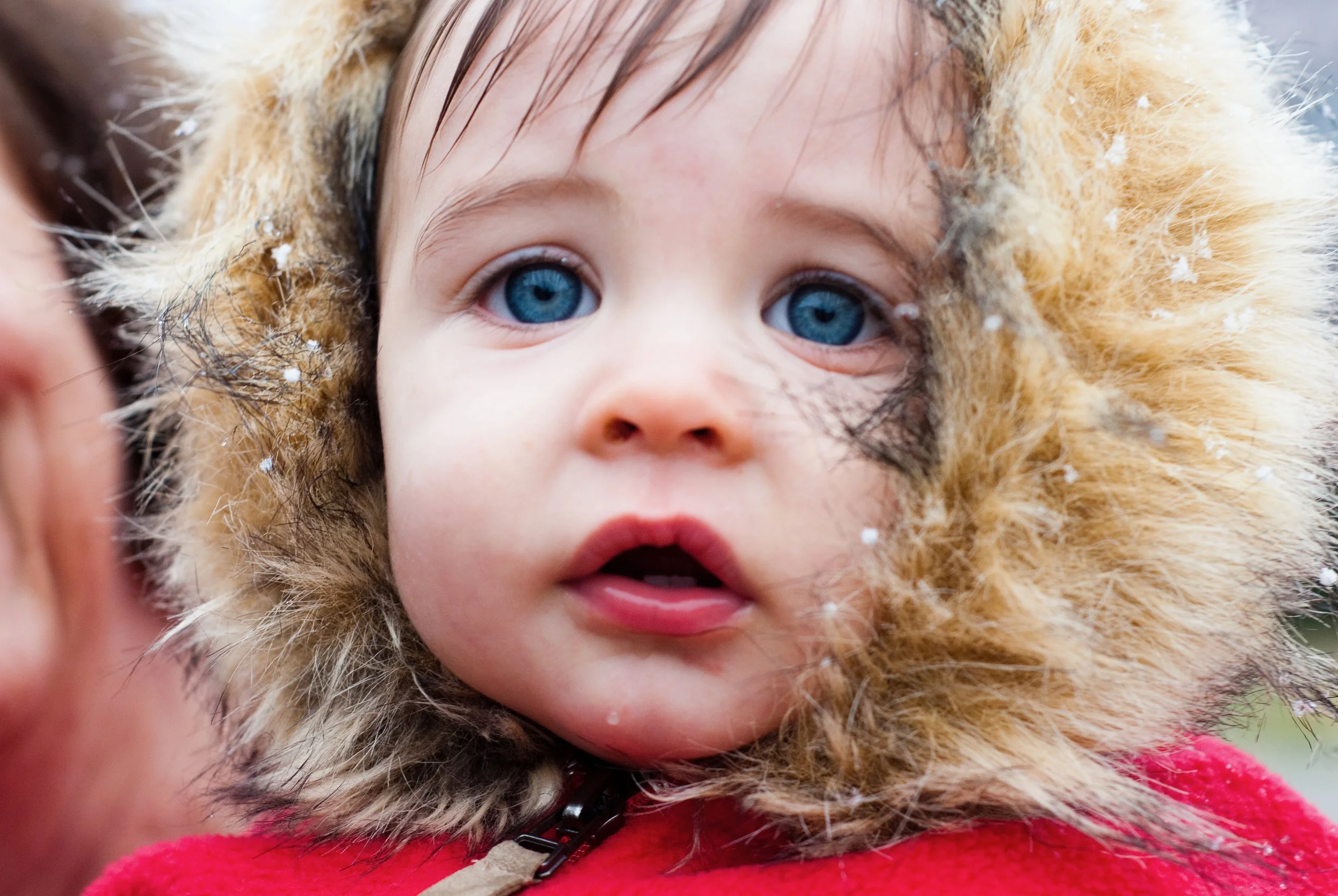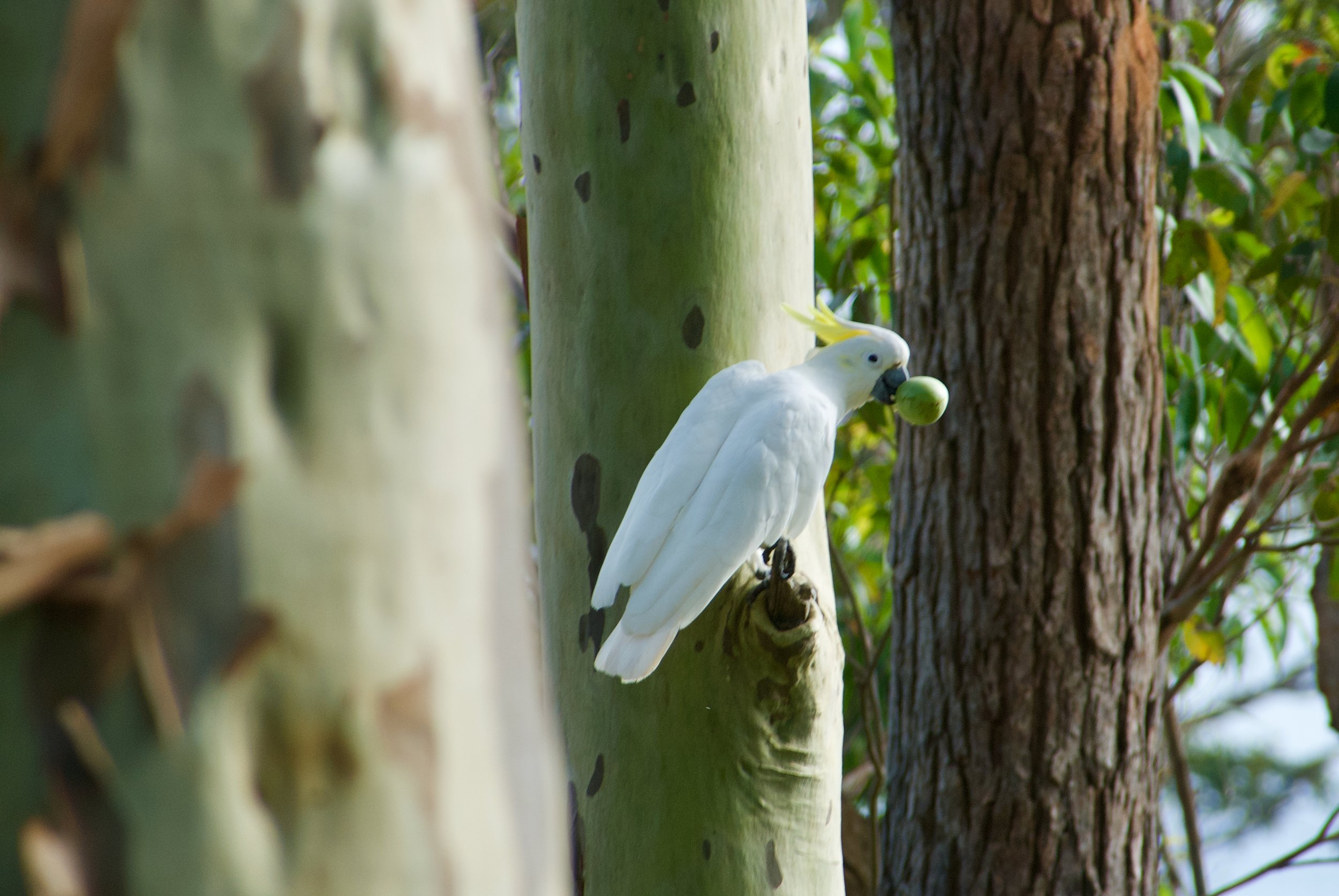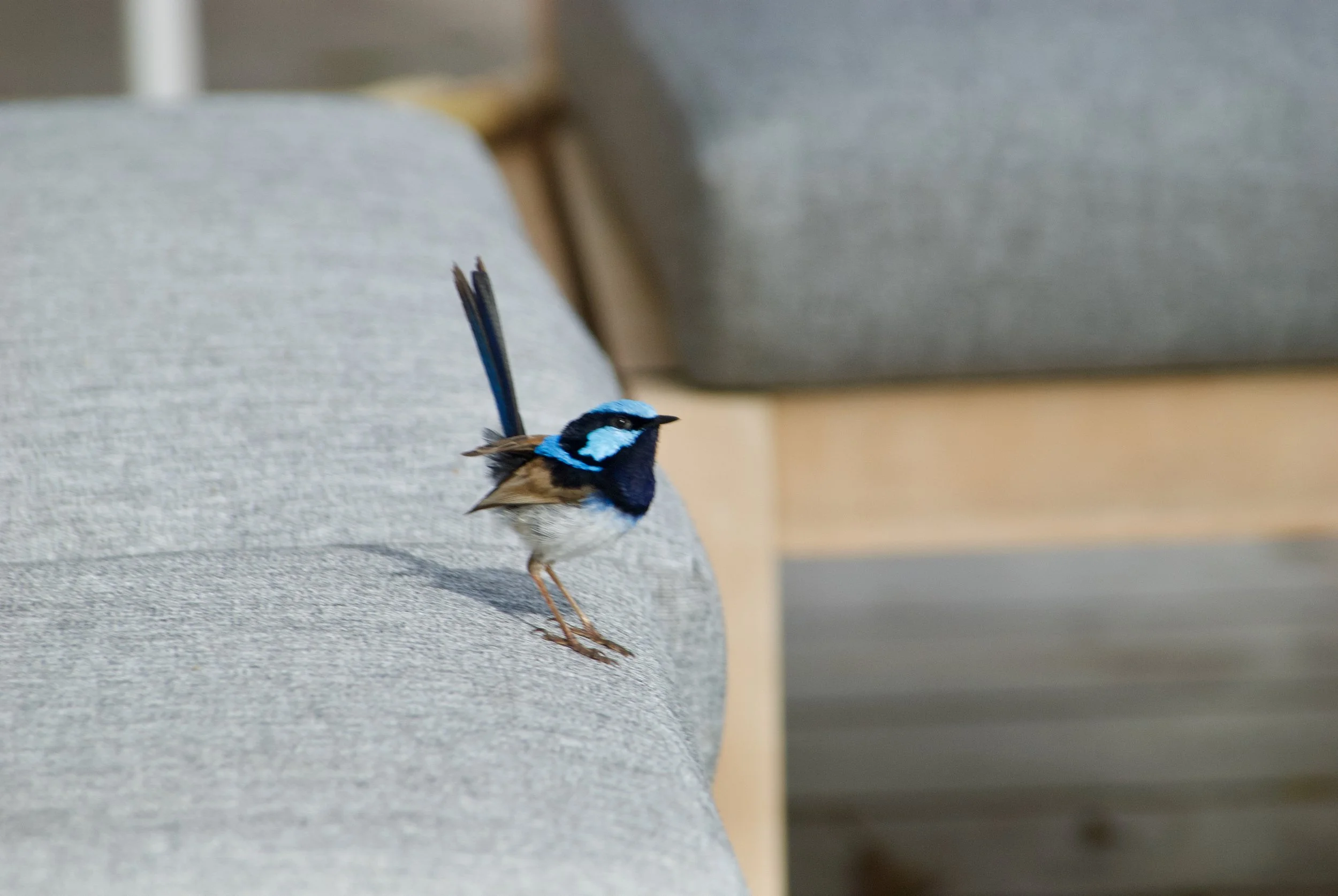Documentation
I discovered a love for photography on a family trip to the Southwest in high school. Walking amongst the spires of Bryce Canyon or beneath the stone cathedrals of Zion National Park or along the lip of the unfathomable vastness of the Grand Canyon, I was pierced by the landscape in all its majesty and its intricate detail. Before, I had known about the Grand Canyon, but that knowledge was incomparable to the experience of standing before eons of natural history hewn from the crust of the earth in kaleidoscopic layers of indescribable beauty. I felt I understood the meaning of the word majestic for the first time. The experience was overwhelming and I wanted to capture it, to share it, to keep it with me always.
So I took hundreds of pictures. Roll after roll of film. Thirty seven rolls in all on that trip, if I remember right. It was the first of many trips that I documented in exhaustive, exhausting detail. I spent large sums of money developing the film with a company that would also scan the negatives and give us digital copies on CD. The result was a few striking images that I cherish to this day, and a mountain of blurry or poorly-framed or just plain boring photos. Rarely did an image truly capture the experience or tell the story of our visit to that place.
Yet I was thrilled by those few striking images. I began to see the world around me differently, clustering elements of the landscape into an image that could tell a story or highlight a startling contrast or reveal a hidden truth. I took pictures of daily life, of candid moments with friends, trying to find the extraordinary in the routine.
A picture of my friend taking a picture of me taking a picture
Recognizing my interest, my parents bought me a digital SLR camera. I could take thousands of pictures and never have to stop to change a roll of film, nor did I have to worry about the cost of developing all those pictures. Of course, I soon learned that while digital photography was much cheaper financially, the time required to process and sort all those pictures exploded.
Then I had kids. Every moment seemed extraordinary--every yawn, every fist curled around a finger, every wrinkled toe. Overflowing with love, I documented every day, trying to capture the details of these new beings that fascinated me to no end. I became more aware of the passage of time as it stared me in the face, my kids growing and changing and aging every day.
But I also realized, or at least felt more acutely, how the camera separated me from them, from the world, from the moment that I was trying to capture. I couldn't play with them from behind the camera. I couldn't read a book with them or tickle them dig in the dirt with them. I had to choose, and increasingly I chose to to be present rather than to preserve.
And so I have 10,000 pictures from the year my son was born, but only 2,000 from the year my daughter was born. I took 887 photos in 2021, a year that included a skiing trip, a week at a lake cabin for spring break, a houseboat adventure, a beach week, a camping trip, and a trip to Seattle to visit family and friends. It is still a mountain of photos, but far fewer than I would have taken in years past. These days, when I am with my family I am much more likely to have a ball or a book or a board game piece in my hands than a camera.
One of thousands of photos from the first year of my son’s life
The same tension exists in medicine, between doing and documenting. Documentation is essential, there is no doubt. It is the only way of assuring at least some continuity in care, so that the next person caring for this patient will have some idea of what happened before, what diagnoses were considered and which treatments attempted.
But one of my foremost frustrations with American medicine was that documentation had ballooned after years of pressure to become the majority of my work. For every minute I spent face-to-face with a patient I would spend at least twice as much time with their digital chart, probably more. It was a grotesque distortion of patient care.
Numerous studies have documented that US physicians spend the majority of their day on the EHR, that US clinical notes are 4 times longer on average than in other countries, that doctors and other clinicians increasingly feel like data-entry clerks. Even nurses, the most hands-on of health care workers, are more and more anchored to the computer as they complete endless assessments and checklists. All of this documentation burden separates us from the patients and from the clinical practice we sought when we chose our profession.
And yet I would not wish to dispense with documentation entirely. I appreciate the way photography has changed how I see the world. I notice more, pay attention to detail, patterns, textures, juxtapositions. Occasionally, an obscure truth will emerge from this more attentive way of seeing. After a recent visit from a bird-watching friend, I heard the chatter in the trees around me differently, more attuned to the different songs that make up the cacophony, picking out particular melodies. And when I took a writing workshop on a whim three years ago and found myself writing for fun for the first time in my life, I began to notice my experiences differently. Not just images, not just sounds, but words, ideas, arguments, the emotional landscape--both my own and others'--relationships, the very fabric of my existence. I find that the practice of writing, photography, music, art in all its forms, can heighten my senses in a way that deepens my connection to the world around me.
The trick is to incorporate just enough practice with documentation to achieve this more attentive state without being consumed by it.
I haven't shared any of my writing in months because I have been enjoying our full lives. I have jotted down fragments of ideas, snippets of experiences, a few scattered lines. Today I dedicate a few hours of our vacation to sift through these snippets to see if I can assemble something meaningful, still striving for that balance of doing and documenting.
And so I sit on the deck on this New Year's Day looking out to Bateman's Bay and the Pacific beyond. My camera is beside me, ready to capture a moment I want to save or share. I could be out for a morning walk or inside working on our jigsaw puzzle or whipping up breakfast for the family. But this morning I choose to sit and document. As I write, I sometimes set aside my camera and my laptop and close my eyes to the bright Australian sun and feel the warmth of this dawning year on my face as my ears fill with sounds of the wakening world.
One of the many cockatoos entertaining me this morning
I am wary of the distance that comes with looking at the world through a lens, but I appreciate the power of writing and photographs (and all forms of art) to transport us into an experience. I sit this morning and document my experience, so I can transport back here in the future, but mostly so I can share it with you. I hope you enjoy it as much as I have.
A superb fairywren



